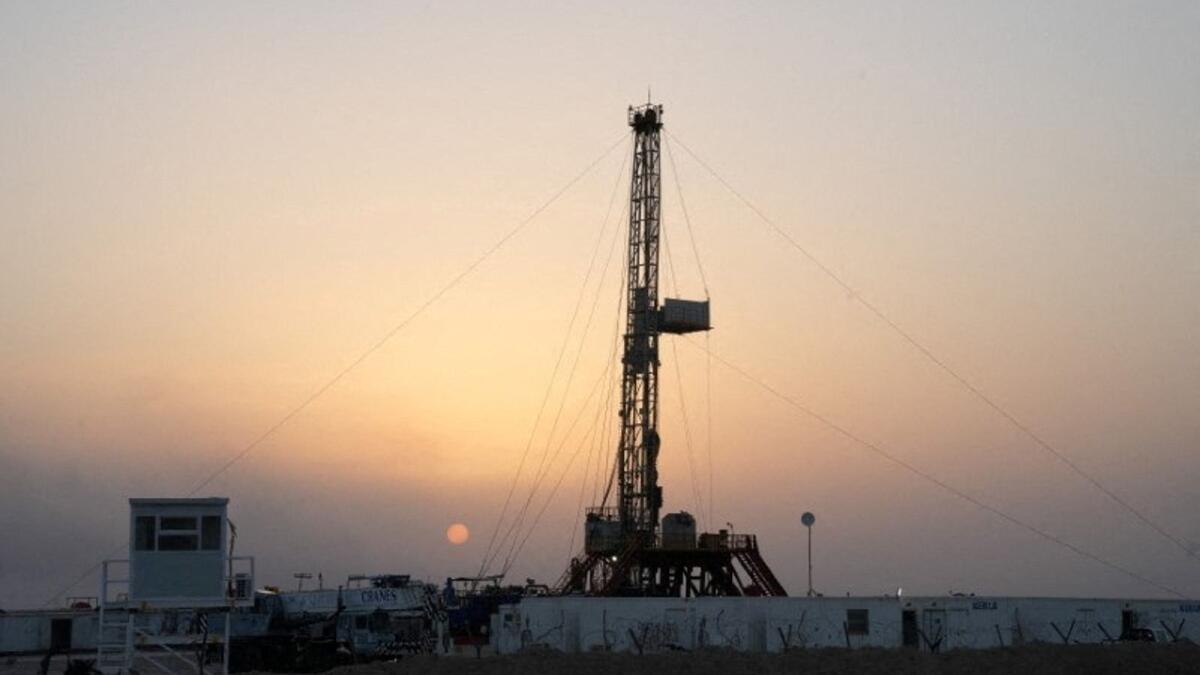The global oil industry is facing a significant challenge as Brent crude futures fell below $70 a barrel for the first time since December 2021. This drop comes after Opec+ revised down its demand forecast for this year and 2025. Brent crude futures were down by $2.62, or 3.65 per cent, at $69.22 a barrel, while US West Texas Intermediate (WTI) crude lost $2.90, or 4.22 per cent, to reach $65.81. The Organization of the Petroleum Exporting Countries (Opec) recently stated that world oil demand would rise by 2.03 million barrels per day in 2024, down from the previous forecast of 2.11 million bpd.
The oil industry has been facing challenges due to weakening global demand prospects and expectations of oil oversupply. Opec also reduced its 2025 global demand growth estimate to 1.74 million bpd from 1.78 million bpd. Chinese data revealed that consumer inflation accelerated in August, though domestic demand remained fragile, leading to a decrease in Asian refiners’ margins. This declining demand has had a significant impact on oil prices, leading to fears of an oversupplied market.
With investors increasingly pricing in a slowing global economy, the oil industry is facing more challenges. The incoming Tropical Storm Francine, which is expected to become a hurricane, poses a threat to new liquefied natural gas (LNG) export plants on the US Gulf Coast. Companies like Exxon Mobil, Shell, and Chevron have already removed offshore staff and halted some Gulf of Mexico operations in anticipation of the storm. However, production shut-ins have not been enough to offset the weak demand sentiment in the market.
As the oil industry navigates through these challenges, it is essential to monitor US crude oil and distillate stockpiles. Recent polls have indicated an expected rise in stockpiles, with gasoline inventories likely to fall. The American Petroleum Institute and the Energy Information Administration are set to release reports that will provide further insights into the state of the industry. Overall, the oil market is facing a tumultuous period as it grapples with changing demand dynamics and external factors such as natural disasters. It will be essential for industry players to adapt and innovate to survive in this ever-evolving landscape.











